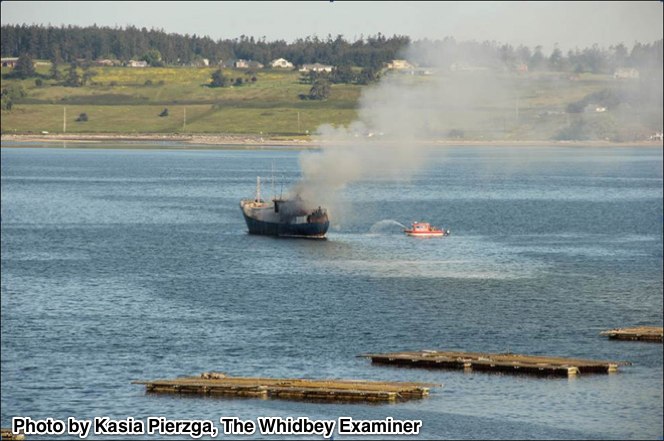For those of you that are not up on the hot-button issues in Washington and the Pacific Northwest:
Coal exports: Craig Welch at the Seattle Times wrote a good summary on coal export plans in Washington. This is shaping up to be the biggest environmental issue in Washington, and presents many interesting legal and policy issues. In terms of legal issues, I think you’ll eventually see new caselaw involving cumulative effects analyses under NEPA, and some new precedent on considering greenhouse gas emissions under NEPA as well. Also, because the coal exports are heading to China and India, there will be some very interesting trans-boundary themes with these projects.
Pebble Mine: EPA issued its scientific assessment of the planned Pebble Mine in Alaska late last week. You can access the assessment here. What is an even more interesting read is the quick response by the project proponent. Clearly, the proponent isn’t very interested in EPA cooperation or support in this project–calling it a “[f]ederal intrusion” and a “misguided effort.” It looks like their lawyers have come to the conclusion that EPA is outside its statutory authority in issuing this assessment, and the project proponent is hanging its hat on support at the state and local level to get the project permitted. But, more importantly, I’d say the project proponent is losing the war of public opinion . . . and if I had to place a wager, I’d say that this mine doesn’t get permitted.
Derelict Vessel Sinks in Penn Cove:
On a more local note, a derelict vessel caught fire in Penn Cove on Whidbey Island last week, eventually sinking and spilling diesel fuel in the process and closing the shellfish production in the area. This has stirred up a bit of  controversy because the derelict vessel was moored on Department of Natural Resource lands, and Penn Cove is a valuable production area for shellfish. A fair number of people are pointing the finger at DNR for failing to promptly remove the vessel from the area, where it had been moored illegally since December 2011. Reportedly, the local shellfish producers had been worried about the threat the vessel posed to water quality. DNR responded to these accusations with a curious press release, noting that vessels need to be removed from DNR lands within 30 days, but seemingly side-stepping the issue of the fact that they allowed the vessel to remain in the area for close to six months. This one will be interesting from a legal perspective because the shellfish growers are losing $50,000 a day while their businesses are closed down, and the vessel owner seems to lack significant financial resources.
controversy because the derelict vessel was moored on Department of Natural Resource lands, and Penn Cove is a valuable production area for shellfish. A fair number of people are pointing the finger at DNR for failing to promptly remove the vessel from the area, where it had been moored illegally since December 2011. Reportedly, the local shellfish producers had been worried about the threat the vessel posed to water quality. DNR responded to these accusations with a curious press release, noting that vessels need to be removed from DNR lands within 30 days, but seemingly side-stepping the issue of the fact that they allowed the vessel to remain in the area for close to six months. This one will be interesting from a legal perspective because the shellfish growers are losing $50,000 a day while their businesses are closed down, and the vessel owner seems to lack significant financial resources.
